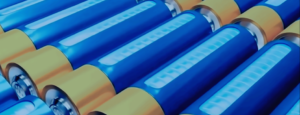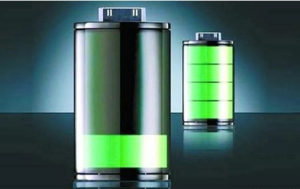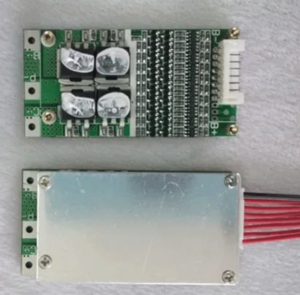1. What is the porosity of lithium battery cathode materials?
The porosity of the lithium battery cathode material refers to the proportion of pores in the cathode material. The size of the void ratio has a certain impact on battery performance. Among lithium battery cathode materials, composite materials composed of transition metal oxides such as lithium manganate, lithium cobalt oxide, and lithium nickel oxide are usually used. These materials have high specific surface areas and good electrochemical properties, but there are certain gaps or pores between their particles.
The size of the void ratio depends on the preparation method of the cathode material and the shape and size of its particles. Lower porosity can improve the conductivity of lithium battery cathode materials and increase the charge transfer rate, thereby improving battery performance. The lower void ratio also helps prevent dendrite growth and electrolyte penetration, reducing battery safety risks.
It is impossible to completely eliminate voids because the cathode material needs to maintain a certain pore structure to intercalate lithium ions. Therefore, it is key to reasonably control the void ratio and balance battery performance and safety. In the preparation and design of lithium battery cathode materials, porosity and other related factors need to be comprehensively considered to achieve higher battery performance and better safety performance.
2. Reference for porosity parameters of lithium battery cathode materials
1. Porosity: the volume proportion of pores in the cathode material, usually expressed as a percentage.
2. Pore size: The size of the pore, usually in nanometers.
3. Pore size distribution: The size distribution range of pores can be tested by a pore analyzer.
4. Specific surface area: The surface area of the positive electrode material per unit mass or unit volume, usually expressed in square meters/gram or square meters/cubic centimeter.
5. Pore shape: The shape of the pore, which can be spherical, columnar, flake, etc.
6. Pore structure: The arrangement and connection of pores, which can be connected, isolated, dispersed, etc.
These parameters can be evaluated and studied through experimental testing, electrochemical testing, and material characterization to optimize the performance of lithium battery cathode materials.
https://powerxxsolar.com/contact-us/
https://wa.me/message/CAA3L465O4QJM1




